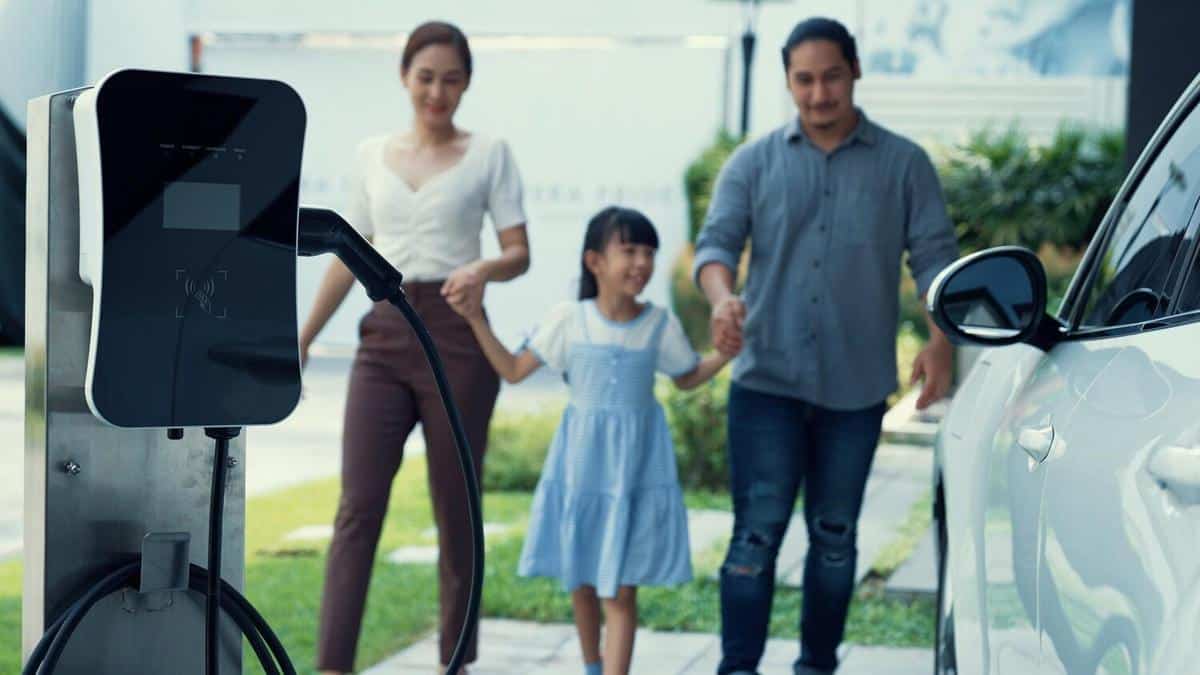
Charging Infrastructure: Overcoming Challenges for EV Adoption
As electric vehicles (EVs) continue to gain traction, the development of efficient charging infrastructure becomes paramount to support this green transition.
The surge in electric vehicle (EV) popularity is reshaping the automotive landscape. However, one of the most pressing challenges lies in establishing a robust charging infrastructure to support the growing number of EVs on the road. This article delves into the hurdles faced and explores strategies for overcoming them, with insights from industry experts and recent studies.
Understanding the Current Landscape
According to the International Energy Agency (IEA), the number of electric cars on the road reached a milestone of 10 million in 2020, showcasing a 43% increase from the previous year. Despite this growth, many regions still struggle with limited charging facilities, a key barrier to widespread EV adoption.
Expert Insights
Industry leaders highlight that the development of charging infrastructure is not just about quantity but also about strategic placement and accessibility. “The focus should be on building charging stations where they’re needed most,” says Michael Hsu, an energy analyst. “This includes urban centers, highways, and rural areas where accessibility is often limited.”
Challenges in Charging Infrastructure
- Cost and Investment: Building a network of charging stations requires significant investment. Governments and private sectors are exploring partnerships to share costs and accelerate deployment.
- Standardization: The lack of standardized charging protocols can confuse consumers and hinder seamless usage across different networks.
- Grid Capacity: The increased demand for electricity poses challenges, necessitating grid upgrades to manage peak loads efficiently.
Overcoming the Challenges
Overcoming these challenges requires a multifaceted approach. Here are some actionable steps:
- Public-Private Partnerships: Collaborations between government bodies and private companies can bridge funding gaps and streamline infrastructure development.
- Incentives for Businesses: Offering tax credits or subsidies to businesses that install charging stations can boost availability.
- Smart Charging Solutions: Implementing smart grid technologies ensures efficient energy distribution and reduces load on power grids.
| Challenge | Solution |
|---|---|
| Cost and Investment | Public-Private Partnerships |
| Standardization | Universal Charging Protocols |
| Grid Capacity | Smart Charging Solutions |
| Site Location | Strategic Planning |
| Consumer Awareness | Educational Campaigns |
| Maintenance | Regular Inspections |
| Access for All | Inclusive Policy Making |
| Technology Advances | Continuous Innovation |
Real-World Examples
Consider the case of Norway, a leader in EV adoption. The country’s strategic deployment of charging stations along major highways and urban centers is a model of efficient infrastructure planning. This approach not only supports current EV owners but also encourages more drivers to switch to electric vehicles.
FAQs
How can governments support EV infrastructure?
Governments can provide subsidies, establish clear policies, and promote public-private partnerships to boost infrastructure development.
What role does technology play in charging infrastructure?
Technology enables smart charging solutions that optimize energy use and improve grid efficiency, essential for scaling up infrastructure.
Conclusion
The path to widespread EV adoption is paved with challenges, particularly in charging infrastructure. However, through strategic planning, collaboration, and technological innovations, these challenges can be overcome. As we continue to embrace electric mobility, concerted efforts will ensure a sustainable and efficient transition for all.